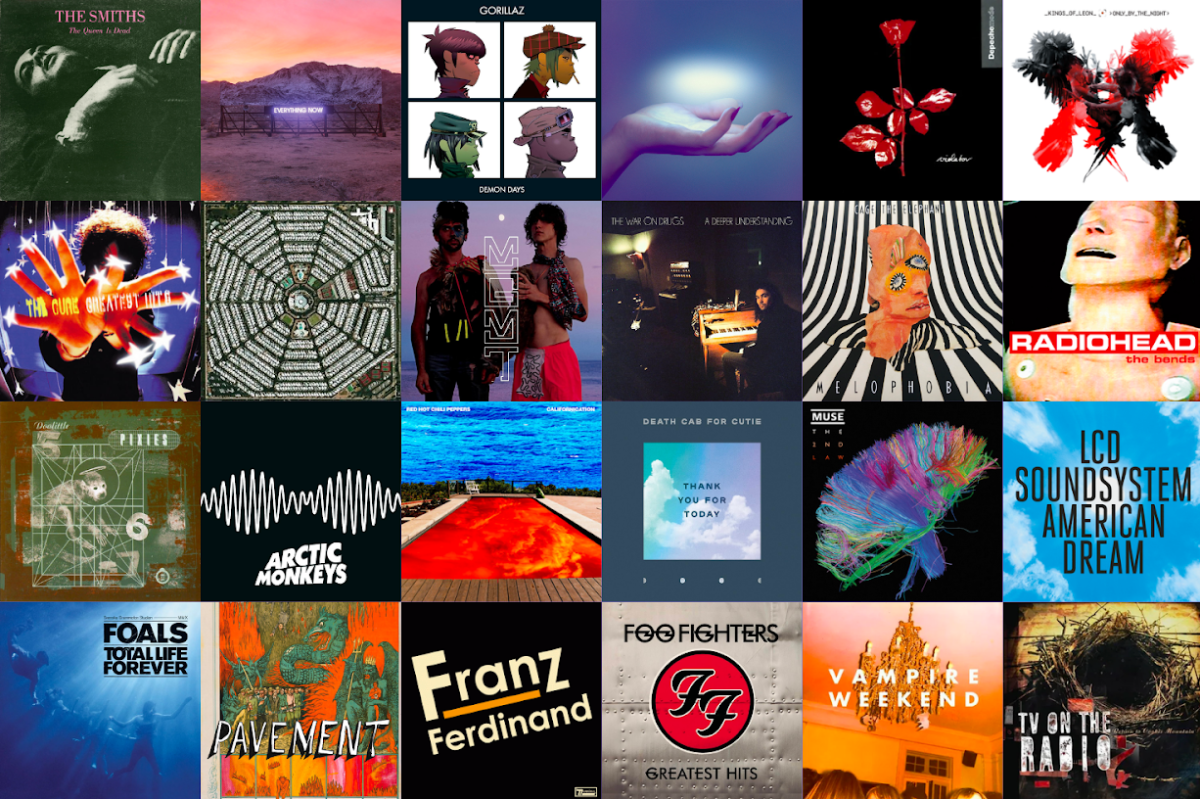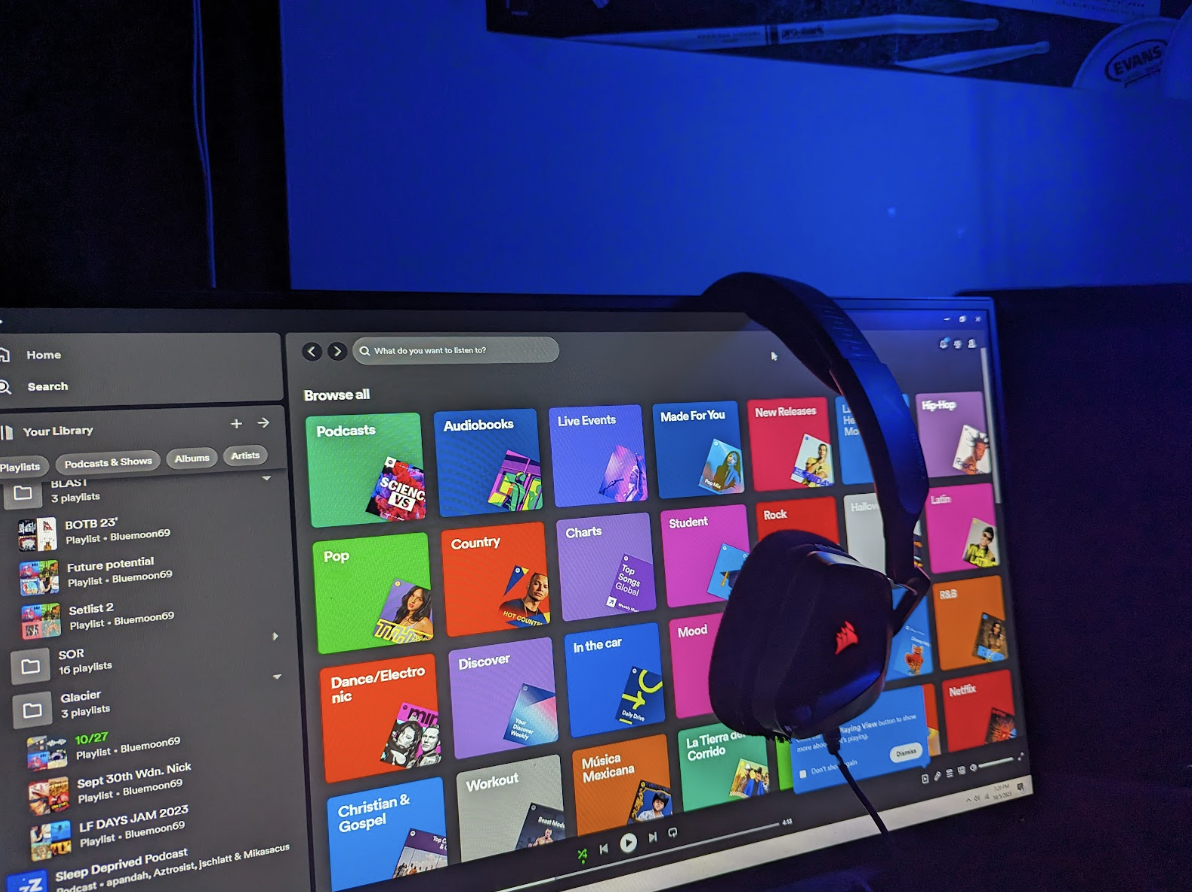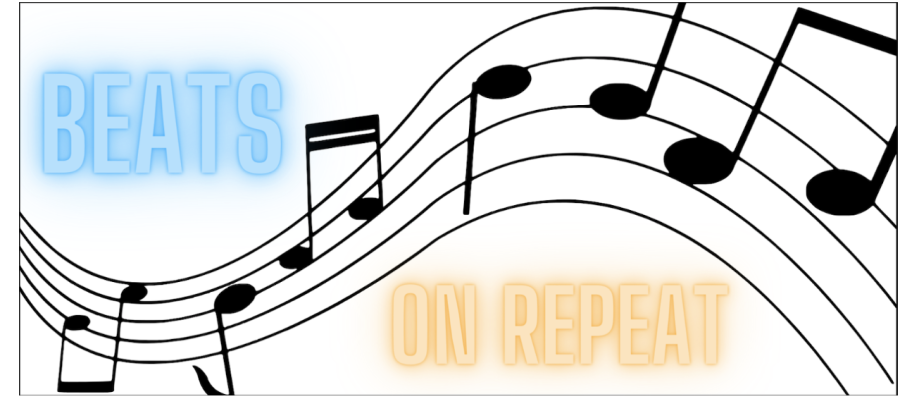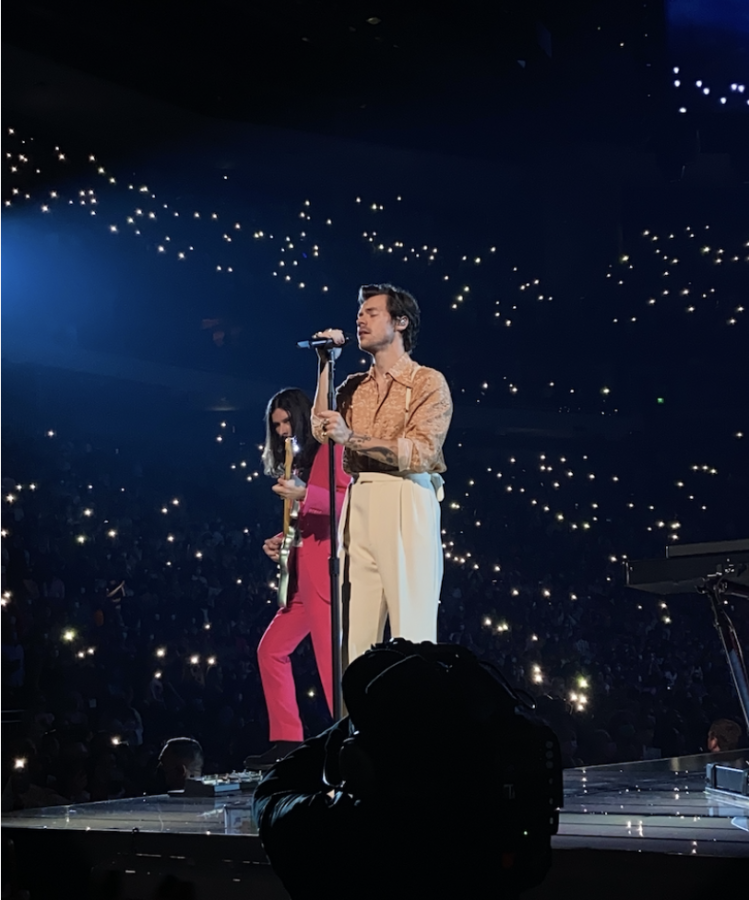Australian singer-songwriter Vance Joy broke out onto the music scene in 2014 with the worldwide hit single “Riptide,” and he has had the world’s attention ever since. Joy released his sophomore album, Nation of Two, on February 23, 2018. Not only is the album a hit, but it also stays true to Vance’s unique style; there’s plenty of guitar and plenty of heart. Here’s a breakdown of all 13 tracks:
“Call If You Need Me”:
The album opens with a climbing guitar melody that seems to emerge out of nothing, each note emulating a raindrop. Joy’s easy vocals are almost shaky, but never losing passion and heart. As background synths creep in around the edges, hauntingly soft vocals do as well, and they all seem to center around the guitar melody. The song grows as Vance himself gains confidence in his message, a message that centers around home. He doesn’t have to try to get his message across; Vance does not oversing his lines, and simply lets his thoughts flow through the melody. Definitely a strong and unique start to an album; Joy doesn’t throw too much out in this opening track.
“Lay It On Me”:
Vocals open with a bright guitar and sparkling percussion to recapture the listener’s attention. Piano and bass add a noticeably dark color to the melody as Vance builds on his plea to “lay it all on me now.” Brass and saxophone add additionally bright colors on top of the chorus to produce a painting that isn’t quite visible to the eye, but just as bright through the speakers or headphones. The message of this song is something that I can relate to; Joy asks the other person to share their troubles in order to ease the burden. It’s a plea and it’s a desperate song, yet it stays true to Vance’s laid back and emotional style.
“We’re Going Home”:
Country-like guitar begins this tune, along with exposed vocals from Joy, filling in empty space. As the song approaches the chorus, piano once again fills in with dark colors, and eventually the drums and percussion follow suit. Conveying the message that “some things are simply, and hard to ignore,” Vance once again focuses on the message of home. As the song progresses, he uses brass, saxophone and strings to fills out the bridge, but the addition of the plethora of instruments makes the song sound too artificial. The entire song also seems to feature Vance holding back on something, almost waiting for the right moment to let himself go.
“Saturday Sun”:
A brilliant song that is sure to be a summer hit, this work from Joy is well done from the beginning. It begins with the familiar and appreciated ukulele that immediately brightens Vance’s voice and almost makes him sound younger. The song seems to be a poem to the “Saturday Sun,” almost a journal entry or a note-to-self. The melody, ukulele with sprinkles of piano and electric guitar, is catchy and bright. Vance again uses brass to add color into the chorus, and this time it works. His message compares his relationship to the rarity of an actual Saturday Sun; a beautiful phenomenon that seemingly only occurs in perfect dreams. This is a standout track, once again proving that Vance is at his best with a ukulele in hand.
“Take Your Time”:
The melody on the guitar is very indie-folk-like and from the beginning, Vance never overdoes his vocals. However, as the song progresses, there is a similar song structure and instrumentation. This is somewhat disappointing because Vance doesn’t seize the opportunity to take risks and try something different. The lyrics flow well, however, and the carefully chosen words are like building blocks, building up the song, word by word. Instrumentation in this tune is not overdone; the end finishes in a sparkle, satisfying and well done.
“I’m With You”:
The waltz tempo of this tune holds back energy that has been spilling out of Vance in the past few songs. He plays with triplet rhythm patterns, which comforts the listener. Background chords enhance the simplicity with an ethereal vibe–however they never outdo the vocals. Vance does not try too hard to get his message across (“It’s high time that you love me because you do it so well”). He almost seems to know that he doesn’t have to overproduce his music to be good. His falsetto vocals are clear and understood, and never once does the listener lose attention or become bored. Vance seems to be able to convey more by doing less; a very hard thing to do as an artist.
“Like Gold”
A triplet guitar figure catches the attention of the listener once again. Octave vocals fill in the edges with a different color than the piano/bass had done in previous tracks. As the song progresses, Joy taps into a vibe that is similar to Imagine Dragons; the drums and octave vocals take a different risk. This song definitely breaks the mold of simple structures that seem to have dominated this album; he gets the “feeling that anything is possible.” His confidence level has surged, and it’s evident; this song stood out as a gem and a successful chance taken.
“Alone With Me”
The song structure returns to simple; guitar and drums with relaxed vocals. This is a disappointment; the tune seems boring and lengthly. The lyrics hold the song together, and later, the color of strings add some needed energy. However, this barely saves the song. There isn’t a catchy melody, and there isn’t an easy-to-follow path to the tune as a whole. If there’s a definition of grocery store music, this song would be a prime example. After a track like “Like Gold,” Vance is unable to deliver.
“Crashing Into You”
The moving melody in the guitar that opens this track recaptures the attention of the listener. There is low energy, which is fine, but the structure is all too familiar and uneventful. The lyrics in this track flow fine, but not exceptionally. The background vocals seem unsure and wavering. Repetitive and not exciting, this track is one of the low points on the album. Vance is seemingly falling into the background of his own music.
“One of Those Days”:
All of a sudden, there is a pickup in the energy. The guitar and drums enhance Vance, who seems to have suddenly woken up from a slump. The guitar in this track is great, but the addition of the brass does not add the appropriate color for the melody. The vocals on this song make the piece work, and the addition of the banjo was smart. However, in terms of message, Vance does not make himself clear. Is he talking about finding someone new, or rekindling a relationship with someone from his past? Is he talking about moving on, or moving back? Thankfully, Vance is able to rediscover his energy through this track to keep the album on course.
“Little Boy”:
The stripped back style of the guitar catches the attention of the listener almost immediately. This track features the story of a little boy who fell off his bike and went to the hospital. The thing that is intriguing about this song is that it is a story set to music. Instead of reading the story, we can hear it and hear the illustrations instead of hearing them. The addition of the ukulele is needed and appropriate; the song is once again not overdone, and Vance takes to the center of the story. The instrumentation (light percussion, keys, guitar and ukulele) is perfect, as are the background vocals. This song transports the listener back to a childhood memory, helping to connect us to Vance more than ever before.
“Bonnie & Clyde”:
I liked the opening melody of this track, as well as the descriptions that Vance uses to instill imagery in the listener. The track as a whole is nice and not overdone, and it is not boring. Joy is starting to fade away, appropriately however, never trying to hard or giving too much of himself to his lyrics or his vocals. This track signals the end of the album, and the simple instrumentation helps wind back the energy that has emerged on this album. However, it would have been nice to hear a little bell percussion; it would have added a color to the edges of this song that would have made it even better.
“Where We Start”:
With an ironic name, this closing track is once again, simple. The octave vocals return once again with dark piano colors, both good decisions by Vance made throughout this album. There once again is storytelling; Vance never shies away from an opportunity to present imagery to his audience. He holds back from exploding into an anthem; the energy seems to be building inside of him, however, waiting to escape in some way. The instrumentation was simple and effective; one of the best decisions on this album. Once again, Vance returns to glorify the guitar, centering the listener’s attention not on his voice, but the moving lines that the instrument has to offer. The name of the track suggests that there never really an end to anything; an end is simply a different type of beginning. The guitar eventually slows down to a stop, almost like time itself has run out.
If there is one thing that Vance Joy can do as an artist, he can make something out of almost nothing. His most successful tracks came from quiet energy and light instrumentation, the tracks that he doesn’t overproduce. When he tries to do too much in a song, he comes off as artificial and ineffective. That is what people love about him; he has the ability to capture people’s hearts through being human; experiencing love and losing it, living life and learning from it. He paints a portrait of the human experience, and he does it through journaling. Vance is a writer of stories, and more importantly, of music. He transfers his feelings to us, and we relate with that. Not bad for a sophomore album, I’d say.
Tracks Not To Be Missed: “Call If You Need Me,” “Saturday Sun,” “I’m With You,” “Like Gold,” and “Where We Start.”














